
I like to go through my seed collection every couple of months and pull out those things it is timely to plant, and put them in a basket. Then I get sowing.
I'm in a western coastal region of the lower North Island, about 7 km inland. The following is based on what works for me here. There are any number of suggested planting guides for NZ out there - they are useful for ideas, but one needs to learn from observation and experience what actually works when in your own garden. Every garden has it's own unique microclimate, as well as each region having it's own unique general climate. Most suggested lists for NZ are divided into three broad zones, but they are still very general. For example, most lists say sweetcorn can be sown now. Total waste of time in my garden! So, read the following for ideas, and refer to other lists too. But then keep a record of what you choose to sow or plant when, and what worked and what didn't. That's the best way to come up with your own, personalised list for success.
Extending the summer harvest
I have lots of tomatoes that were later planted, and are yet to begin cropping, as well as second plantings of zucchini that are just hitting their stride, so I won't be adding any more. But if I can find a healthy cucumber plant, I might pop another into my greenhouse, to be producing when the current one starts to slow. Or, since I have a greenhouse, I might just start one from seed, just to see how it goes. I have sown bean seeds, and they're just starting to pop up.
Radish can also be sown - it's a super fast crop, with harvests only about 4 weeks after sowing. But most people can only use a few at a time, so sow a few seeds every couple of weeks for a continuous harvest. They don't need much space, so just pop them in where you have gaps. Radish is best sown directly where it is to grow.
I'm going to sow some extra summer herbs - especially basil because I haven't gotten around to any yet. I grow green, purple, and cinnamon. I can plant these among my tomatoes which are growing under mesh, or in the greenhouse. I'm also going to scatter some dill seed, and have another try at starting some NZ spinach, which so far has failed to get going for me this season. It's frost tender, but I've had it keep going through winter when grown under the shelter of trees, so aiming to get it going so it can ramble in a sheltered spot. Meanwhile I will hopefully get some harvest off it this summer, and then there will be new shoots for next summer.
Sowing for autumn and winter crops
Most brassicas should start to be sown now (though ideally Brussel sprouts are best started in December). Think about these plants in two groups - the ones that generally produce one harvest (cauliflower, cabbage, kohl rabi, turnip, swede etc) before the plant is pulled out and the ones that are harvested continuously over several months, such as broccoli of the type that either produces side shoots or is known as sprouting, and kale. For the latter types, you may only need to plant out one group of plants in due course, as you will be able to keep picking from them. For the first group, think about how many cabbages, cauliflower etc you can eat at once, and then only sow a few at a time, but repeat every 2-3 weeks so you have a continuous but spaced out harvest. I will be sowing:
- Broccoli - Marathon is very reliable for me, so that's the main variety I grow. Big main heads and lots and lots of side shoots over a prolonged period. I'm also going to be planting a purple sprouting variety too, which I haven't tried before. Though I usually sow/plant broccoli in groups 2-3 times a year, this time I plan to sow smaller numbers every 3 weeks, both to spread out the harvest of the main heads, and also to record just when each group is ready to eat, as a gauge of optimal timing. I'm growing for myself and my husband, and also raising some seedlings for two other couples, so I'll so a punnet (6 cells) full each time of Marathon (2 plants each per sowing). Purple sprouting takes quite a long time to mature, and only has smaller shoots, so I'll start them in bigger, fewer groups - some now, and some in March.
- Cabbage - while I enjoy making sauerkraut from cabbage, this season I'm going to try a new variety which has smaller heads, more suited to a couple than the big ones. I'll pop in a few bigger ones too, for the next batch of sauerkraut. Like the broccoli, I'll be sowing a punnet full every 3 weeks or so.
- Cauliflower - on the same basis as cabbage.
- Kale - I have several Cavolo Nero plants in the garden, which can be continuously picked, already. I will be starting a few Red Russian from seeds to broaden the variety.
- Kohl rabi - taking up little space, and lending themselves well to a variety of dishes, I like to grow both green and purple varieties. Again, just a few at a time, spread out over several months, so will be sowing as for cabbage.
Lettuces really don't like the heat of summer; I'm going to hold off sowing more of these for autumn for another month or so. Meanwhile, I can sow mizuna, rocket, mesclun mix, miner's lettuce, and corn salad for leafy salad greens.
Alliums
This is the time to sow leeks for winter harvest. Spring onions can also be sown. January is also the month to hunt out a source of seed garlic for planting in March or April, if you haven't got your own from last year's crop. Some folk sow onions now too, but I haven't had much success with them sown at this time of year.
Root crops
Beetroot can be grown year-round. I'll be starting some more this month, and in successive months. Detroit Dark Red is my favourite variety, and a consistent performer. I'll do some multi-sown (multiples in each punnet cell and then planting hole so they grow in a small bunch), as well as some singly.
Carrots and parsnips can be direct sown this month. I have the most success with carrots when I sow them in a very shallow drill, barely cover, wet well, the cover with a board to keep in moisture and protect them until they begin to sprout (keep checking under the board from about day 4-5 onwards). Parsnip needs very fresh seed to have successful germination.
There's time to pop in some extra potatoes if you have access to an early crop. Earlies are ones that mature in 60-90 days.
I grow Rat-tailed Radishes, which are grown not for their root, but for their long seed pods which when picked young have a milder radish flavour and are a great addition to salads and stir fries. I'll be sowing some this month, along with some Easter Egg (multicoloured) regular radishes. Little and often is the way to go.
Other herbs and veges
I'm going to start some Lovage from seed for a friend. I have a plant a friend gave me years ago - it's a persistent perennial, and one plant is more than enough. It has a strong celery flavour; small amounts can be used in soups and stews.
Parsley can be sown now. Plants will grow through the winter happily, but will bolt to seed in spring, so only grow enough for your needs over winter, and plan to start fresh ones in early spring.
Celery should be sown now for autumn/winter cropping. I'm going to start some globe artichokes too - they will die down over winter, but then come away again in spring and grow more rapidly for having been established already.
I'll also be sowing some Rhubarb, as I no longer have any in the garden. Victoria is a popular variety.
If I didn't already have plenty to carry me through, I'd be sowing silverbeet of all types, include perpetual spinach.
Flowers
I'm going to be sowing the following: calendula, phacelia, cornflowers, dwarf lupin - all of which will grow through winter and produce flowers that are good for the bees. Calendula and cornflowers are edible, and calendula makes a wonderful healing tea or salve.
I'm also going to sow some borage to get it reestablished in my garden, and a red Geum.
Other flowers to sow now are alyssum, hollyhock, stock and chamomile, pansies, violas, forget-me-nots.
Swan Plants
And finally, I will be starting off swan plants from seed, so I can overwinter the seedlings in the greenhouse for a head start on spring/summer growth. That way I'll have plenty of fodder for next season's Monarch caterpillars.
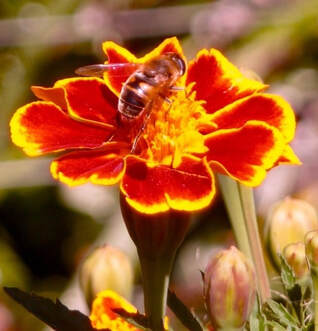

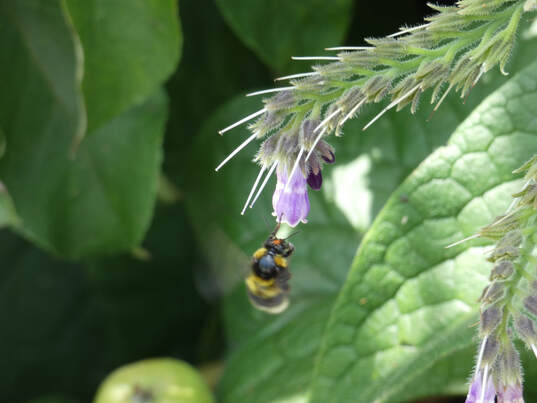
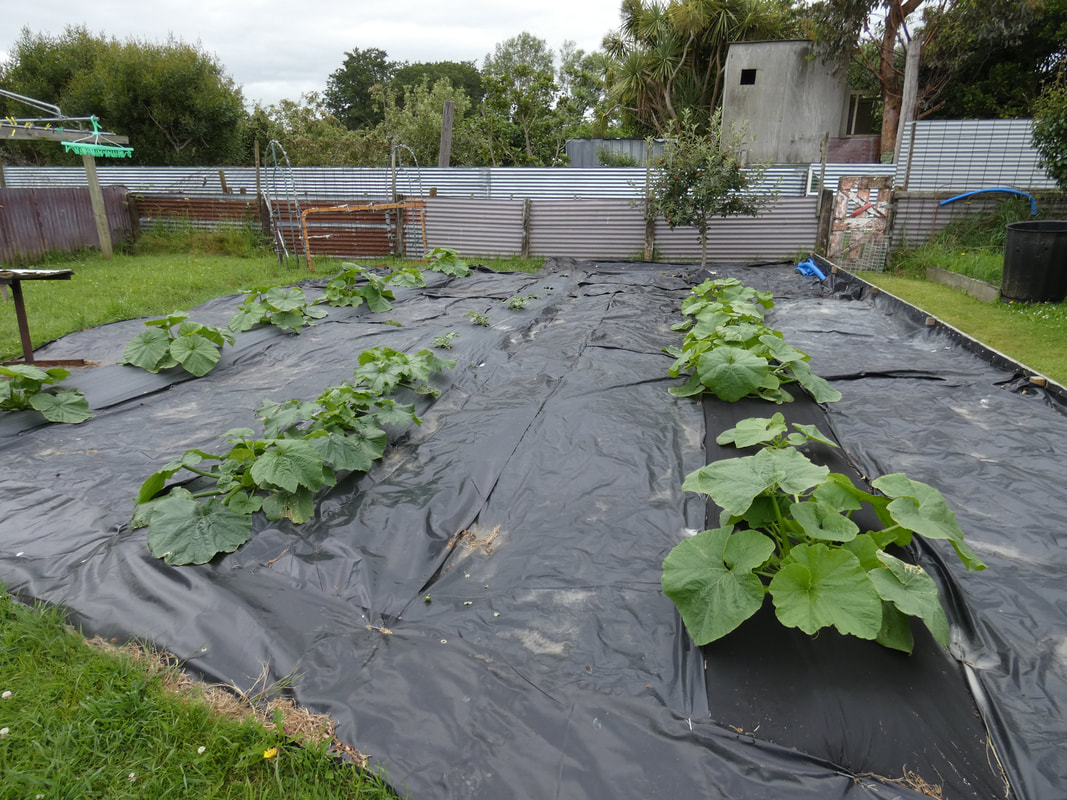

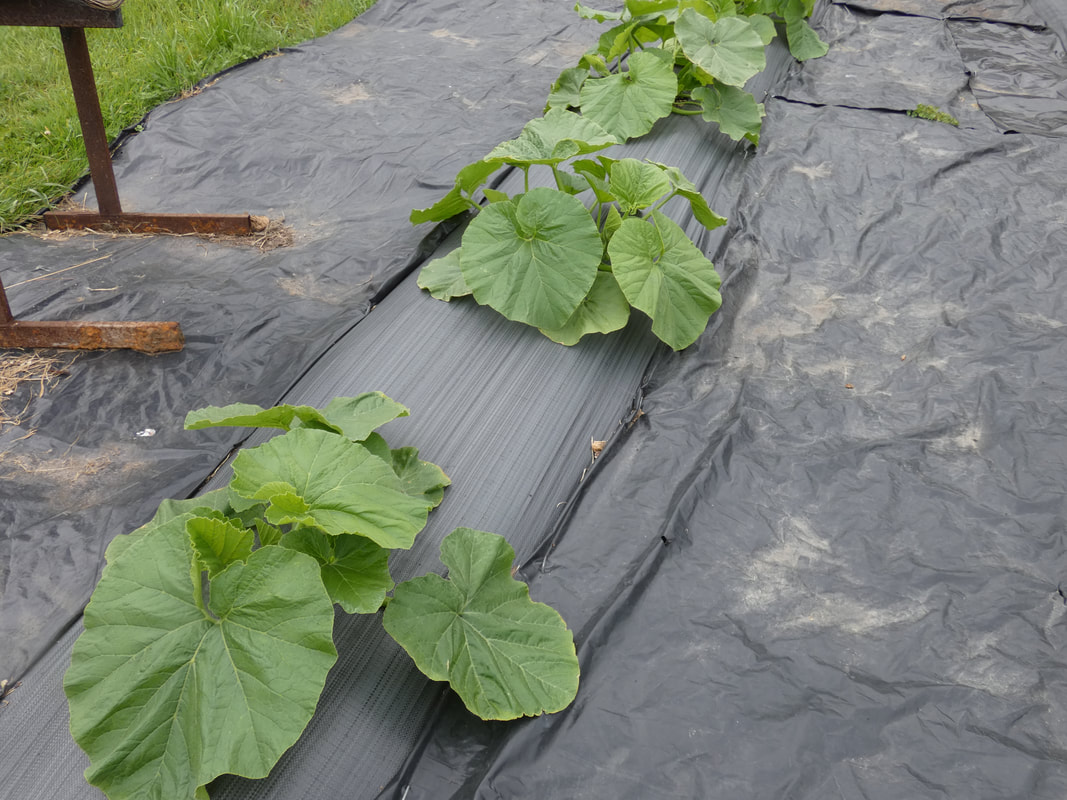
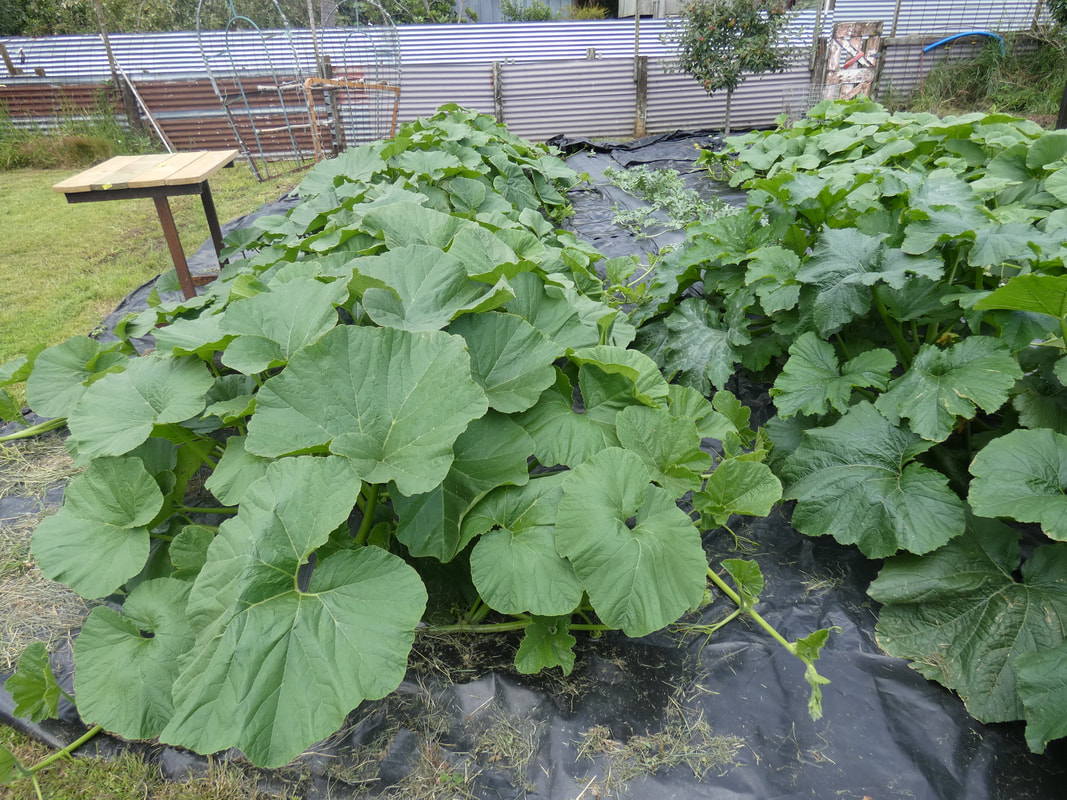
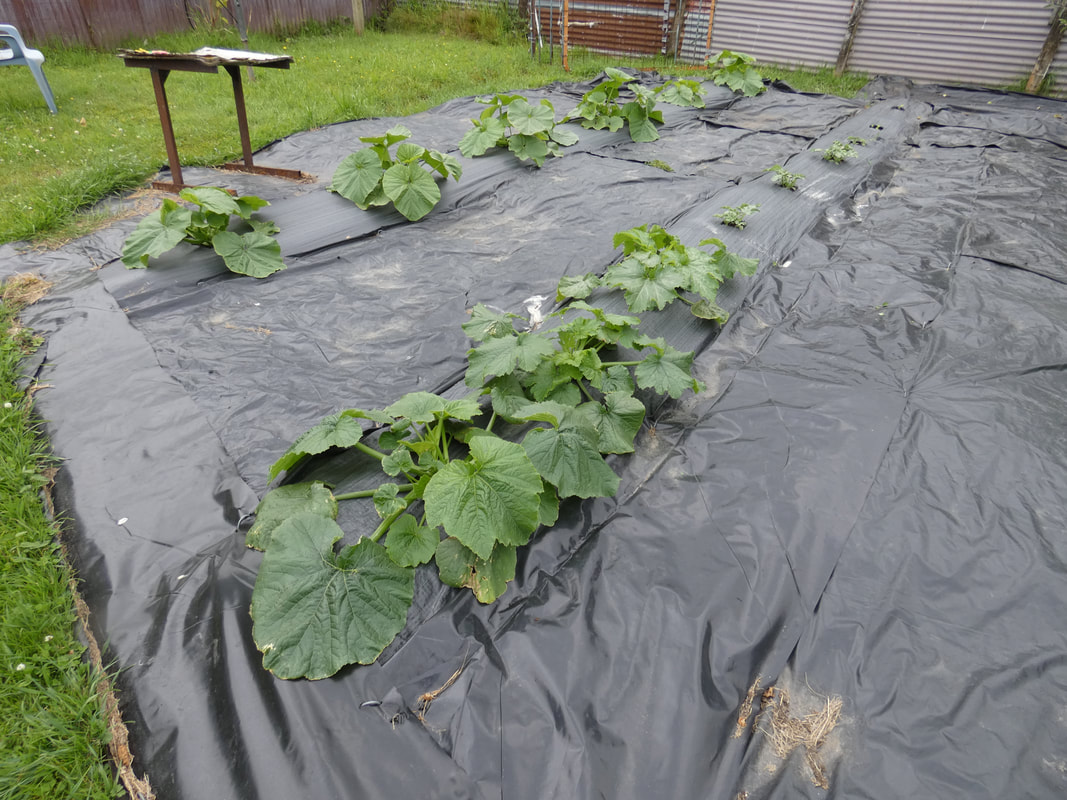
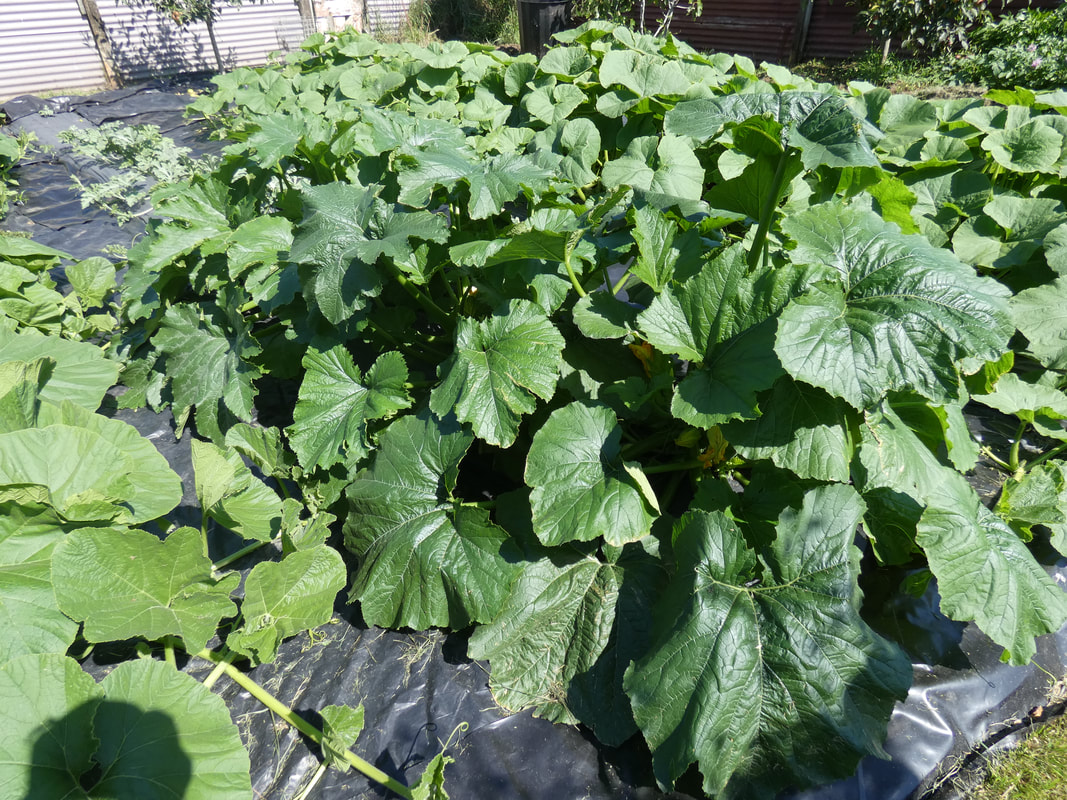
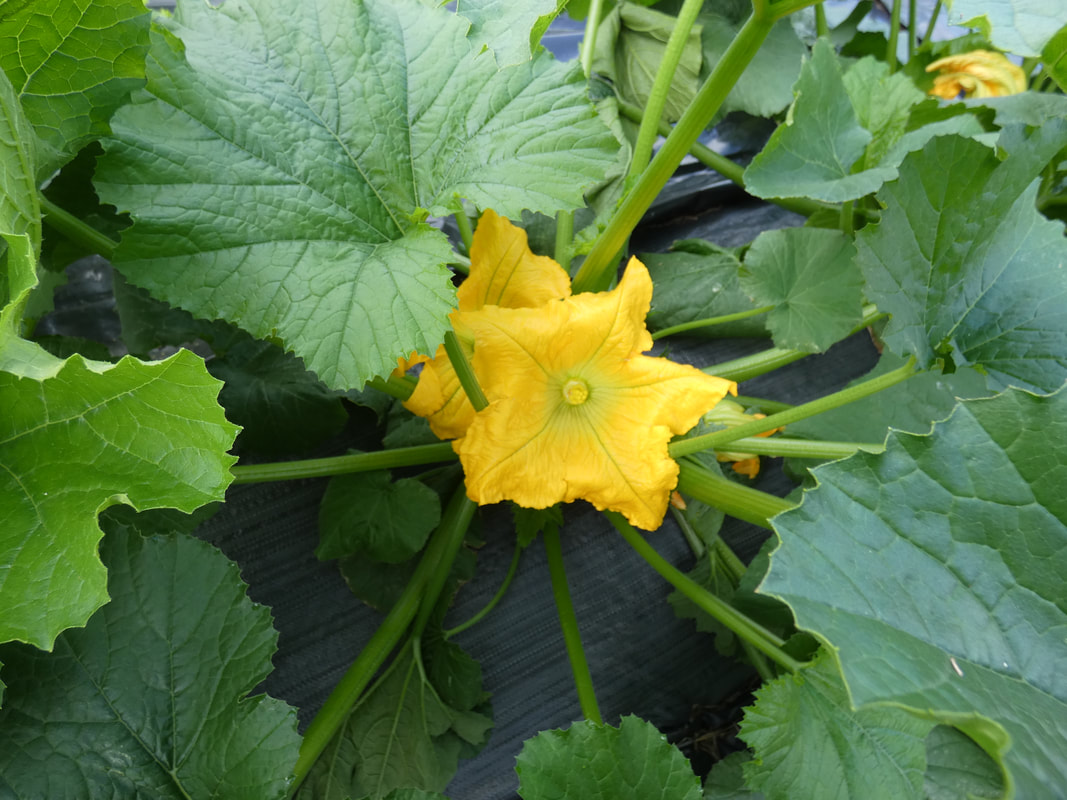
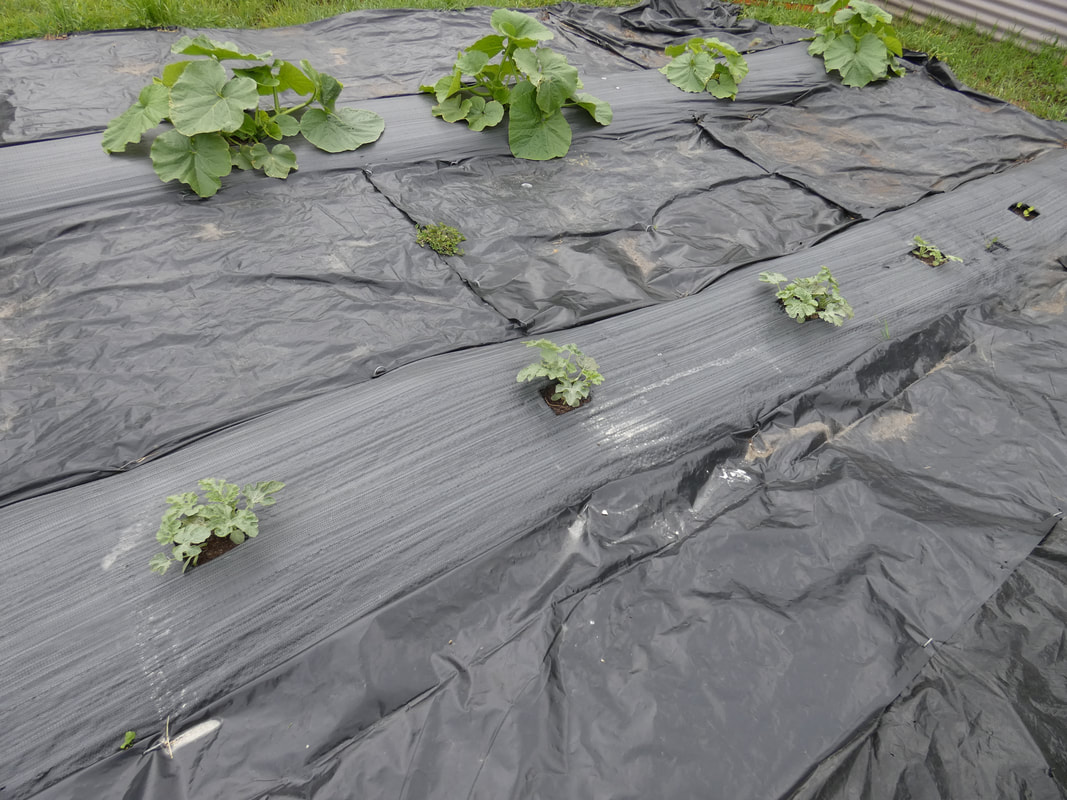
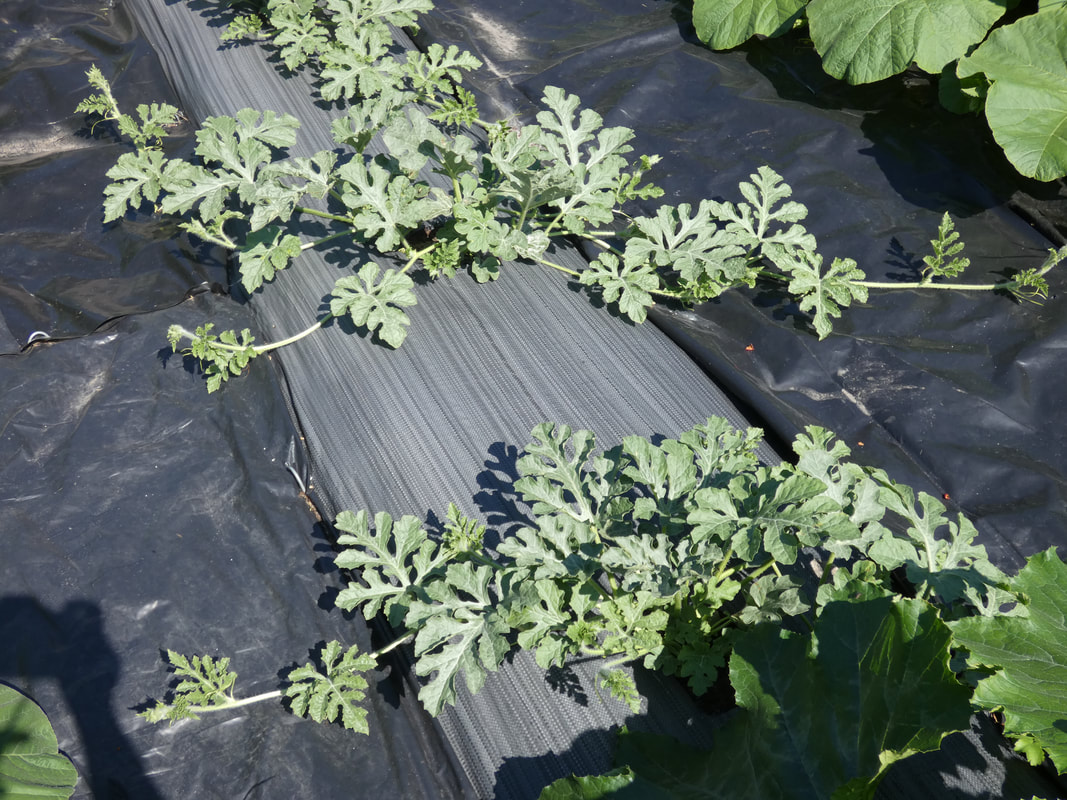
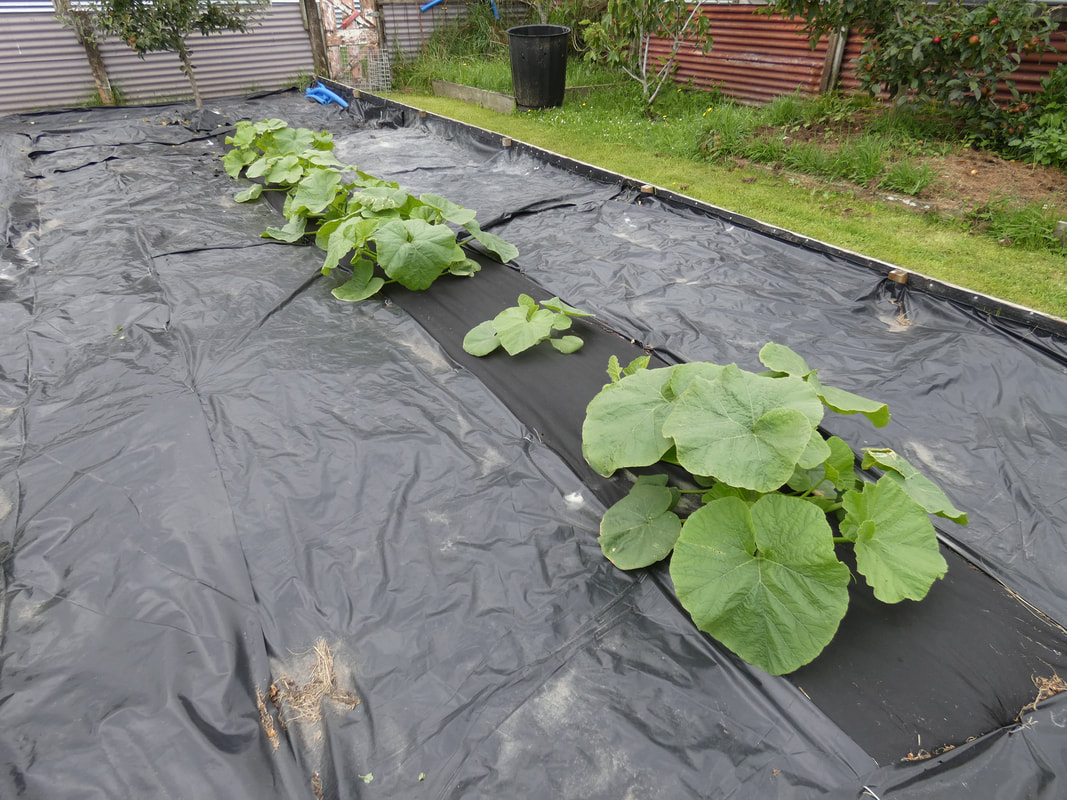
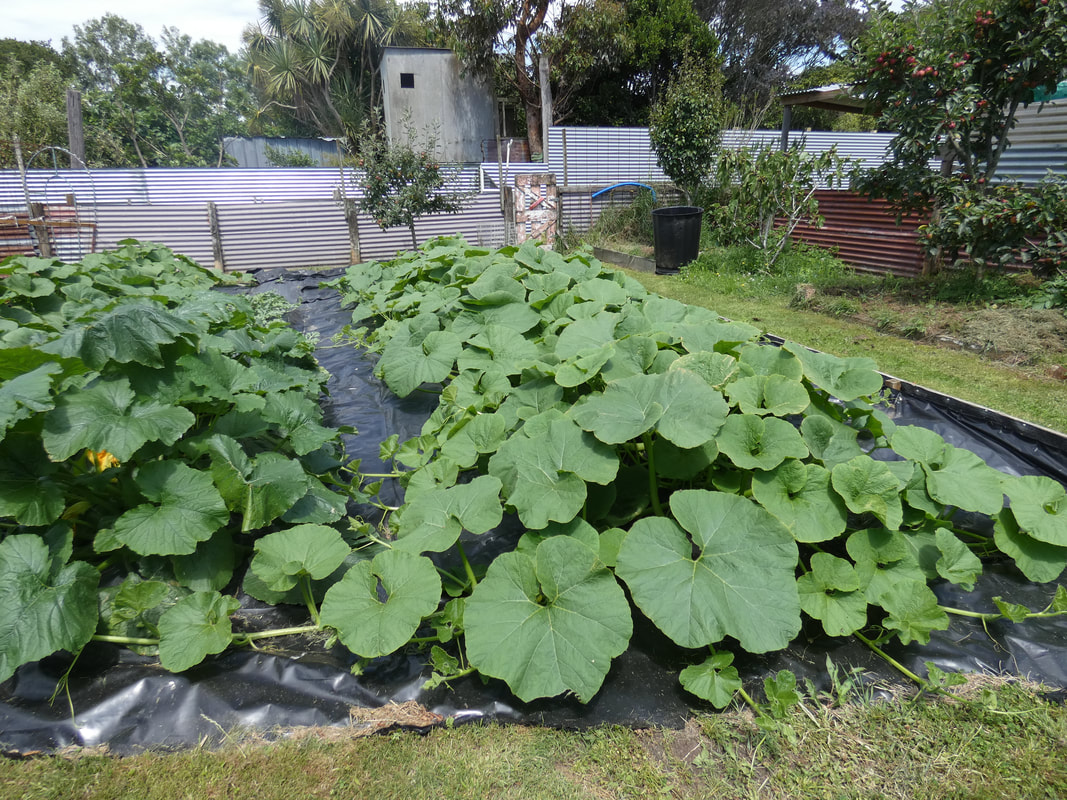
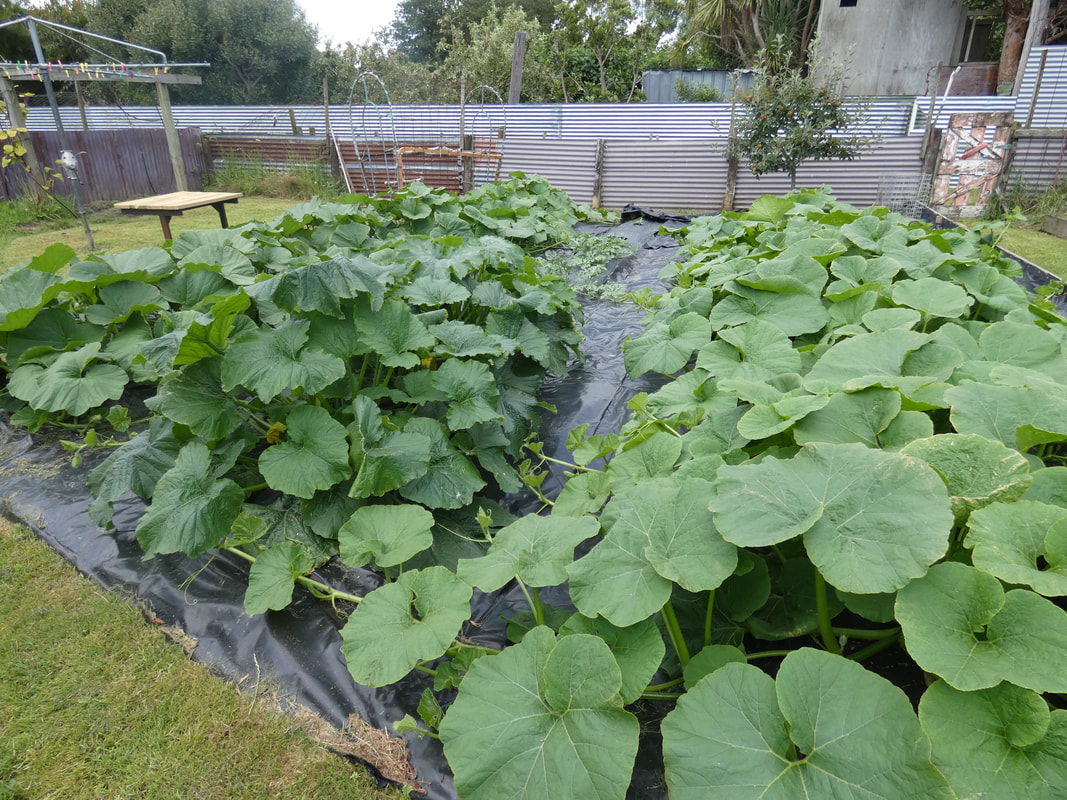
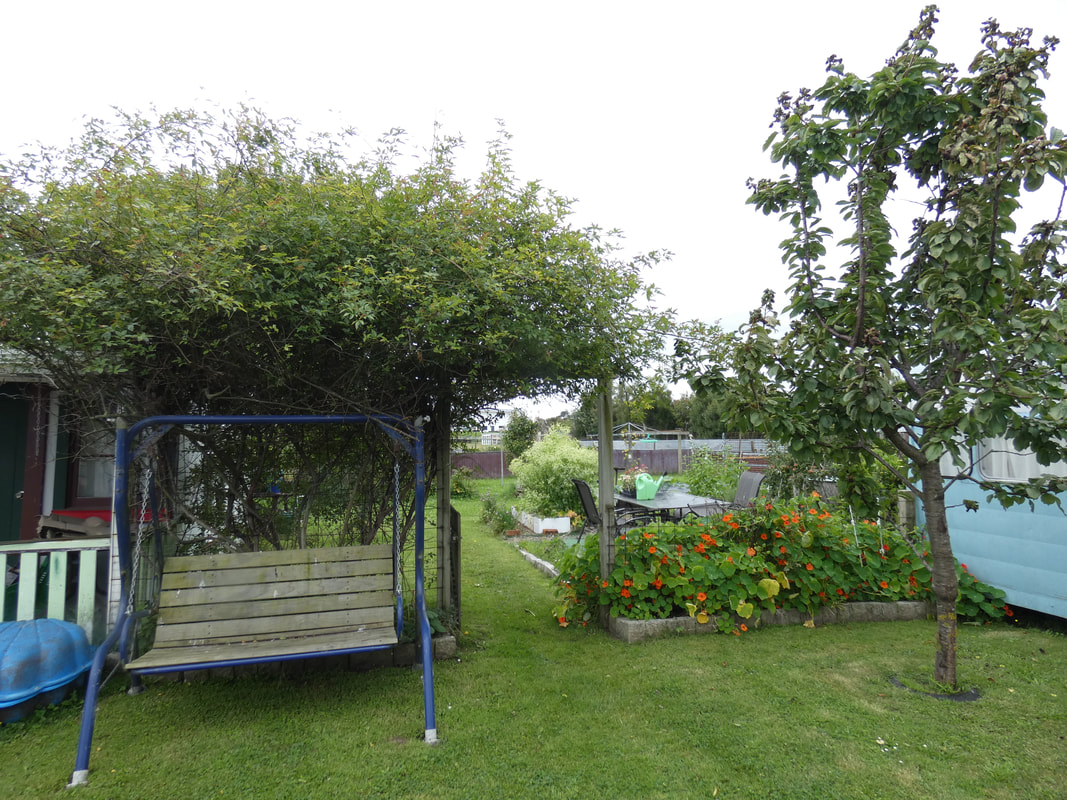

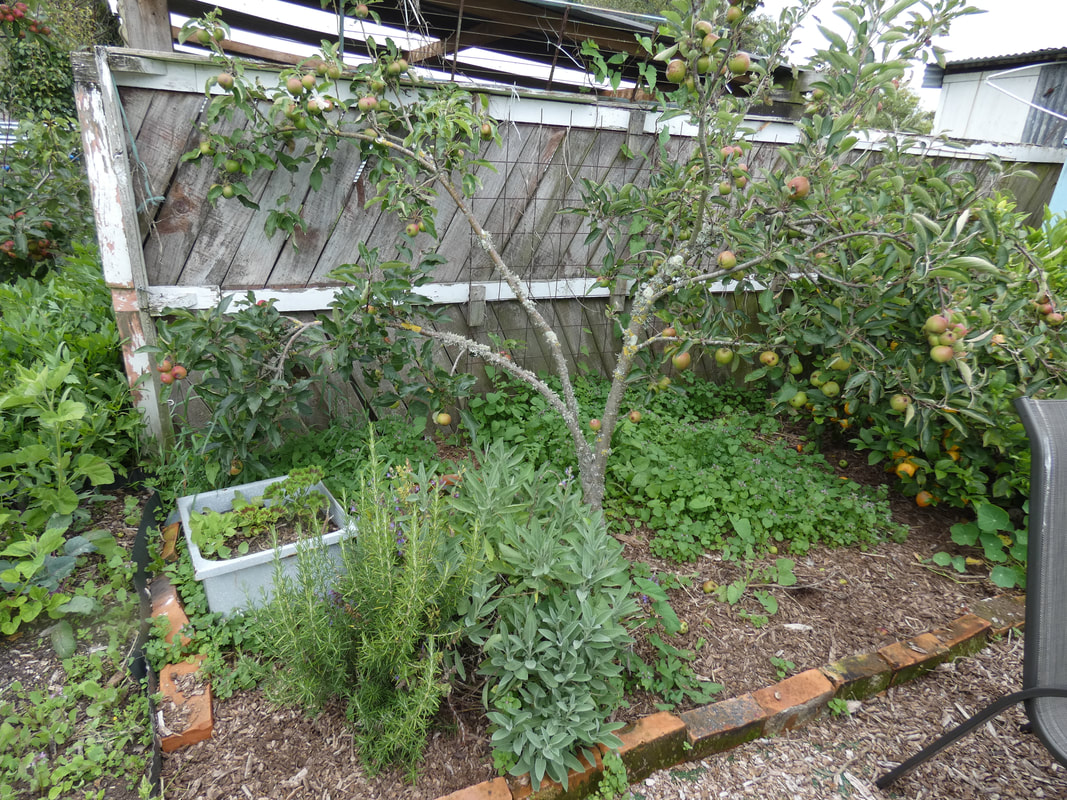
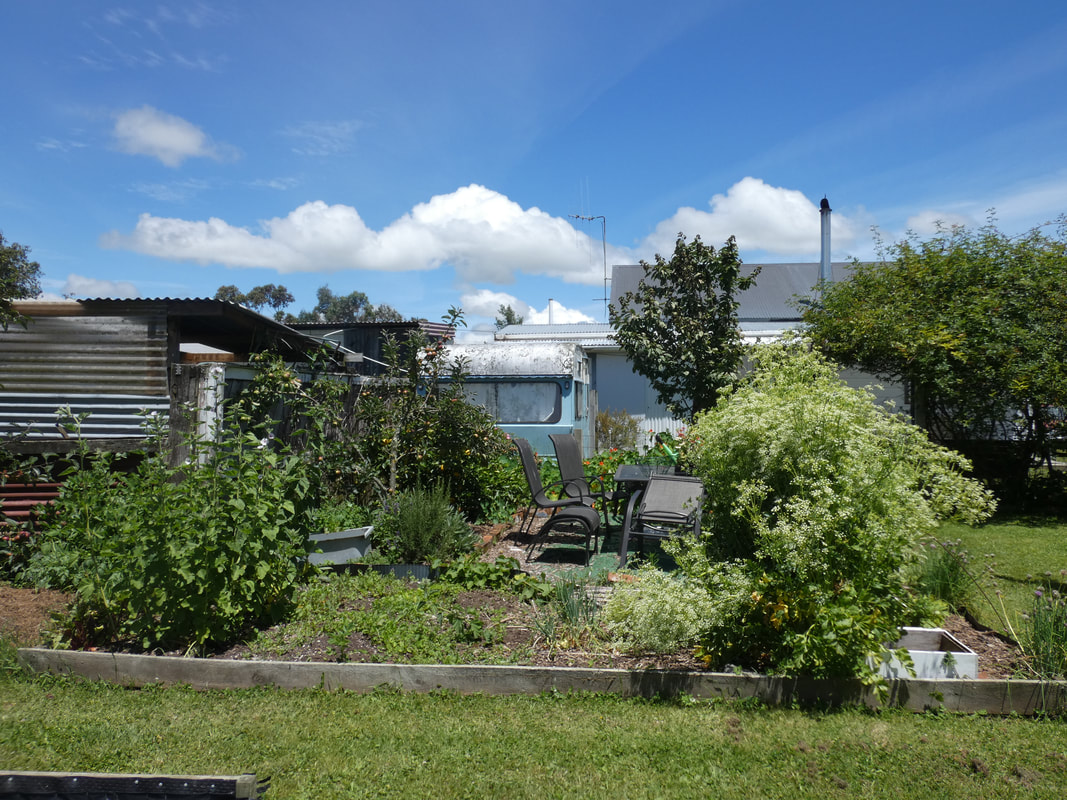
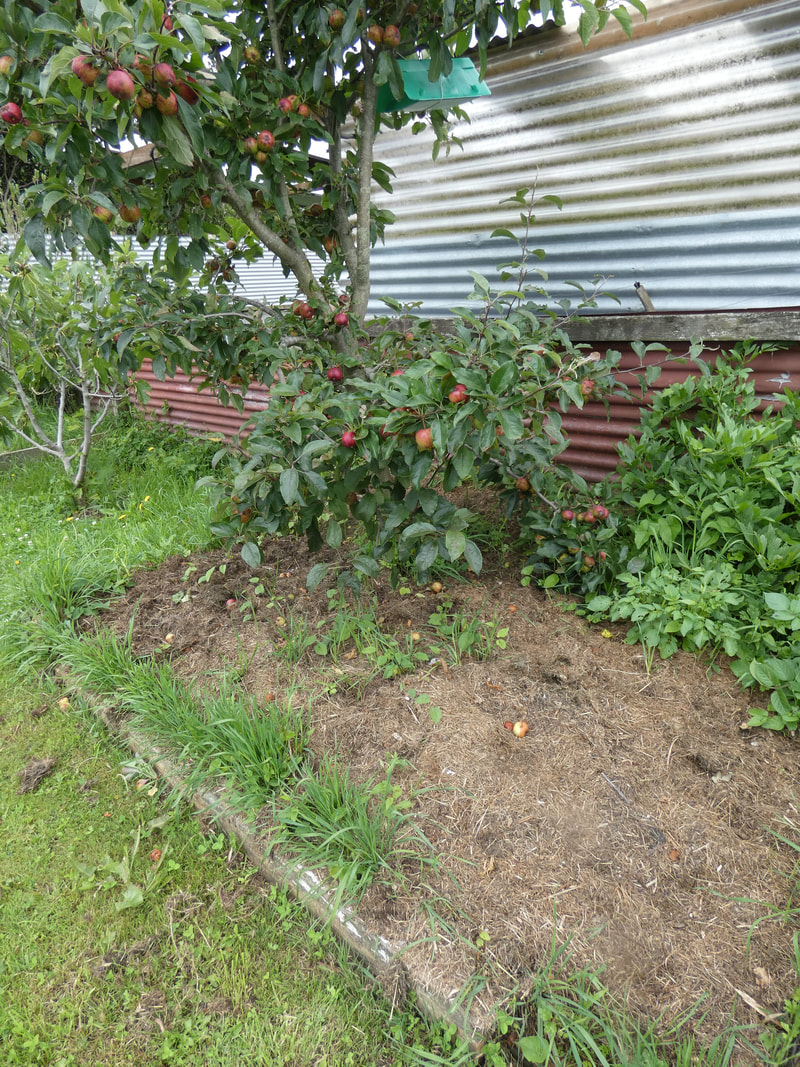
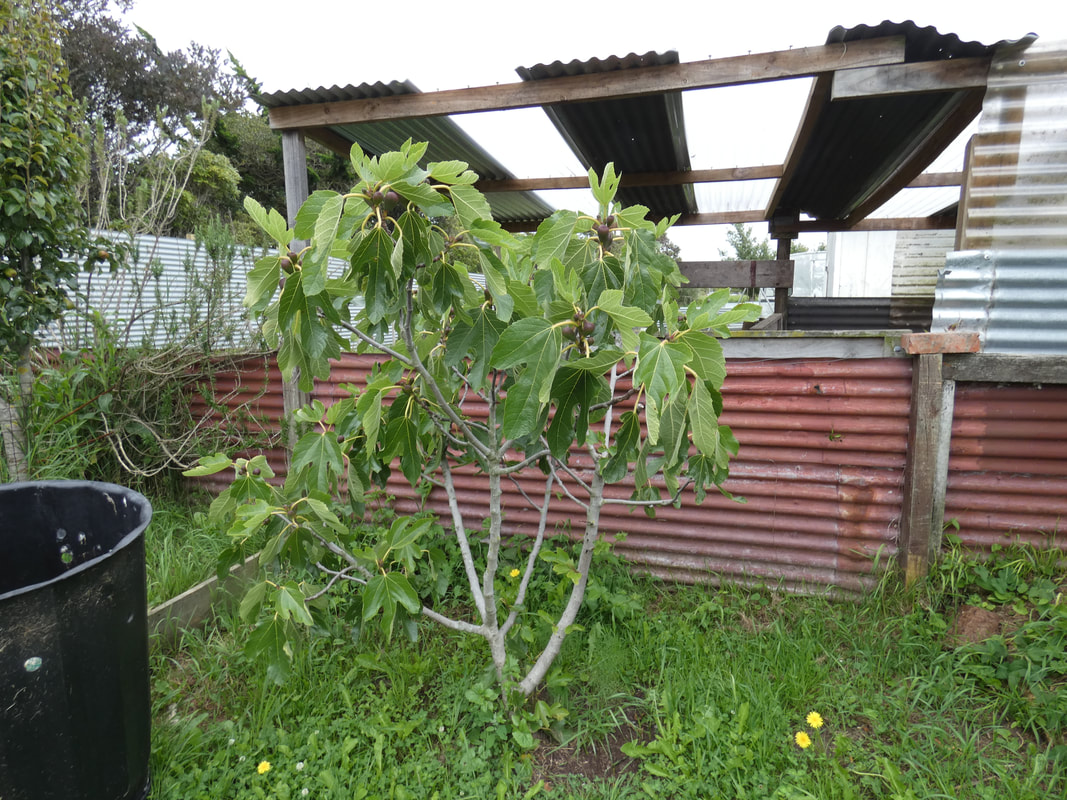
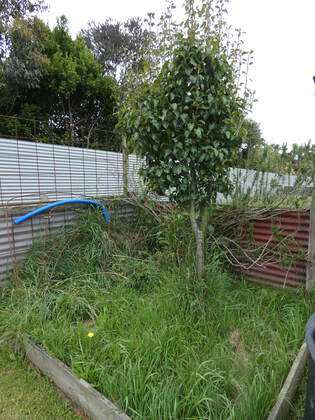
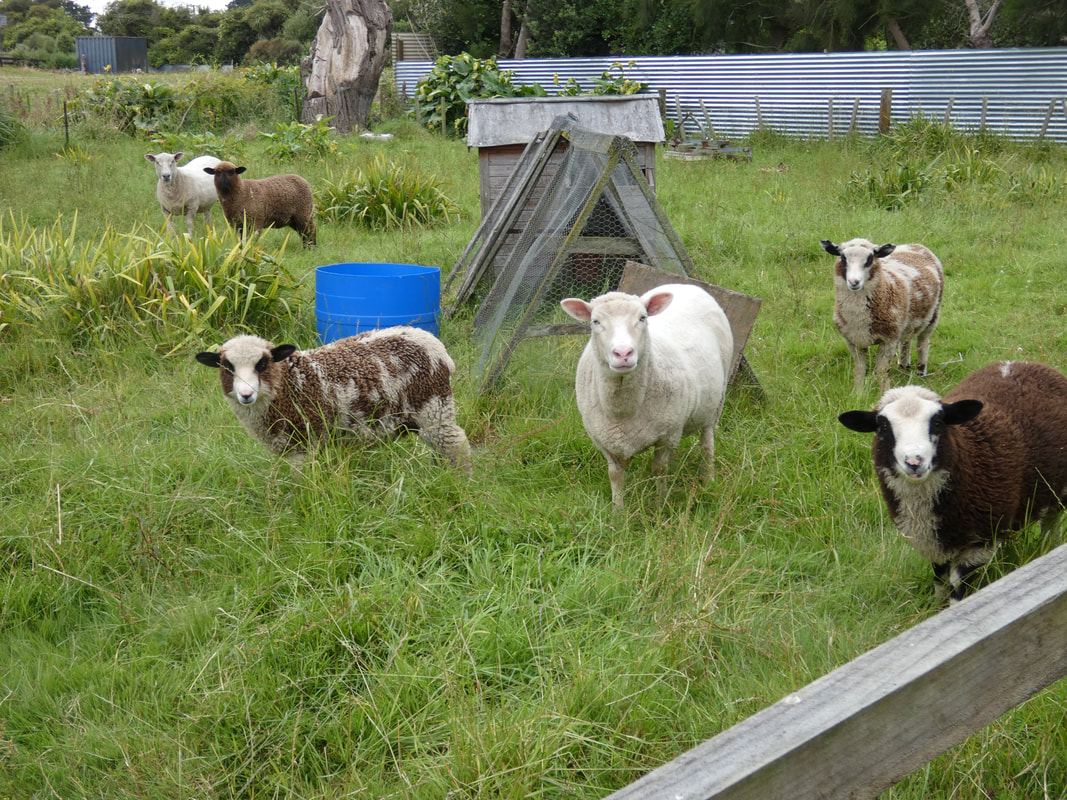
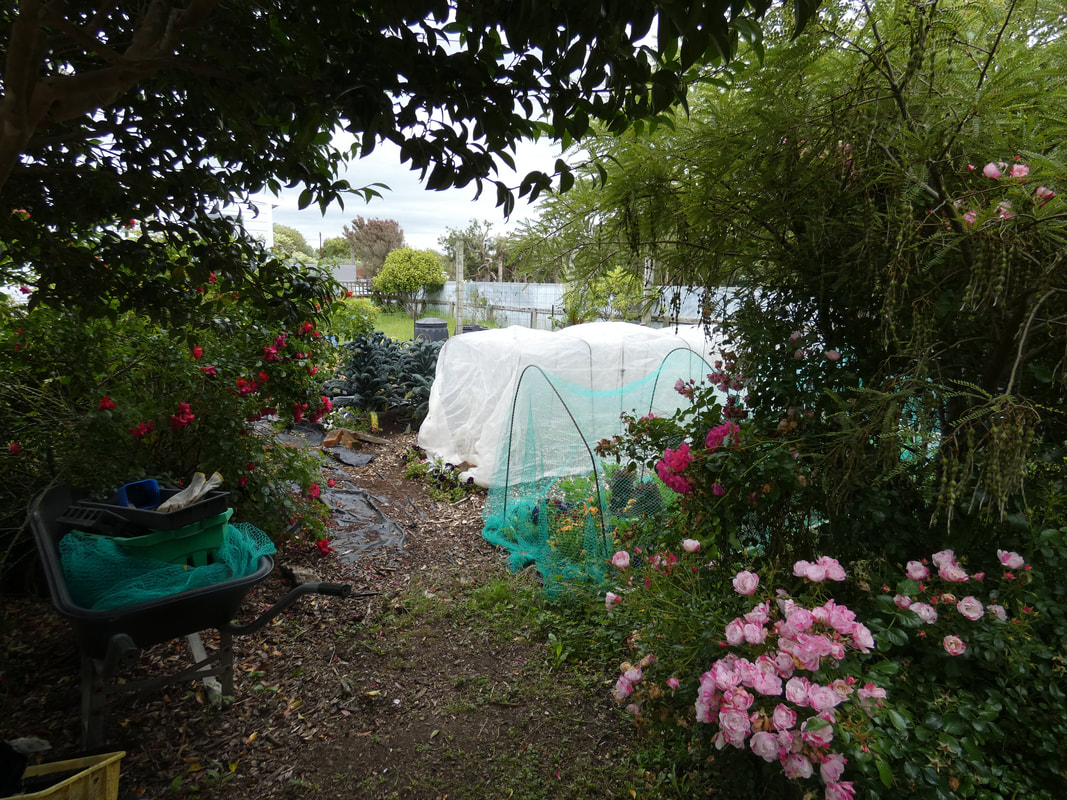
 RSS Feed
RSS Feed
